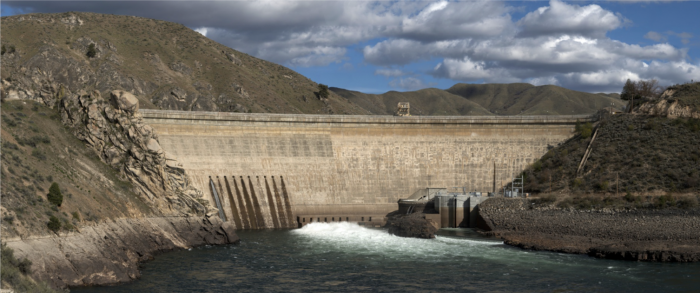A range of materials – often industrial byproducts that would otherwise be waste – can be added to cement to reduce its carbon footprint and support the circular economy
Clinker substitutes – or supplementary cementitious materials (SCMs) – are a wide range of both naturally-occurring and industrial byproduct materials that can be used to replace a proportion of the clinker in Portland cement.
As clinker is the element within cement responsible for the majority of both its cost and carbon emissions, reducing the clinker content (also know as the clinker factor) of cement has the dual benefit of lowering both the cost of its production and its environmental impact.
The latter is particularly important, as the production of cement is responsible for about 7% of global carbon emissions. The development of a sustainable construction industry therefore depends on the development of a low-carbon cement industry, which is one of the key aims of the GCCA.
Meanwhile, the utilisation of industrial byproducts in cement assists in the development of the circular economy, diverting materials that would otherwise have to be disposed of as waste to productive uses.

Photo: Gary O Grimm
Types of SCMs
SCMs can be classified in several ways. As noted above, some are naturally occurring, while others are the by-products of human activity. Perhaps more helpfully, they can also be grouped by the way in which they harden. Hydraulic materials harden by themselves in the presence of water in a similar way to Portland cement. Hydraulic SCMs include:
In contrast, pozzolanic materials (or pozzolans) harden only in the additional presence of dissolved calcium hydroxide (Ca(OH)2), is a by-product of the hardening of Portland cement. Pozzolanic SCMs include:
Some burnt shales also show pozzolanic reactivity.
Because the pozzolanic reaction is subsequent to the initial hydraulic reaction of Portland cement, the setting times of concretes containing pozzolanic materials is often slower, and the early age strength, lower, than for concrete made with hydraulic binders (although this is not always the case, e.g. silica fume and calcined clays). However, pozzolans continue to gain strength for a much longer period, contributing to higher long-term concrete strength.
A final material that can be added to cement is limestone. Originally regarded as inert (i.e. neither hydraulic or pozzolanic), it was used during periods when other SCMs were scarce (e.g. World War Two) to increase the output of cement. More recently, however, its contribution to the hardening of concrete has been recognised to the point that it can arguably be classified as an SCM in its own right.